One of the most depressing things a hobby photographer can do is to add up all the money that has gone into equipment and then ask themselves if all that money improved their photos. At best, the answer is "No, but at least I'm producing the same shit faster." At worst you get to watch the photographer work themself into that frenzy of justification that can only come from regretting many, many purchases.
Ultra wide angle lenses are fun. They also require optical elements with some serious light-bending ability, which is why you rarely see them on compact cameras - the front element is simply too big. It is also why ultra wides are so heavy.
However, you can fake a wide angle lens by taking multiple photos and stitching them together in Hugin[a]. This is how I did it:
-
Switch the camera to manual and set shutter, aperture, ISO and white balance.
-
Pick the center point of the final image.
-
Take nine shots in three rows. For the first, top, row, Start by placing the center point in the bottom right corner of the image, then bottom center, then bottom left. Then place the center point center left, middle and center right. This makes the center row. Finally, place the center point top right, top center and top left. If all that sounded confusing - see below, the center point is the glowing yellow thing:
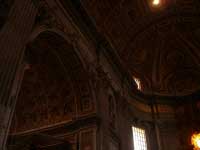
► 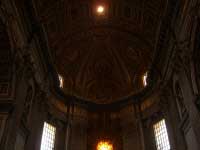
► 
▼ 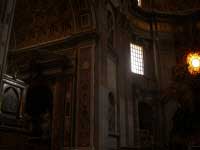
◄ 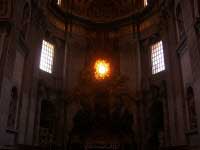
◄ 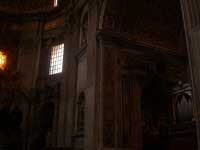
▼ 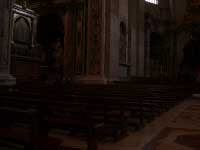
► 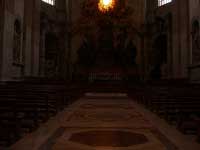
► 
-
Then import everything into Hugin, align and stitch it.
The Tradeoff
With this method you can take ultra wide shots with a cheap point and shoot and get the same or better result than someone with a DSLR and an ultra wide lens - and you don't even have to haul around that huge DSLR with its oh so heavy lens! But what you save in money and weight of equipment, you pay for in complexity and post-processing time. With a DSLR, it is one shot and you're done. With this method it is nine shots and about half an hour of stitching and post-processing before you have the finished image.
I love ultra wides. Can't get enough of them. But the time it took to shoot a single set of nine images, and the time it took to process them made the whole thing a chore. So when my point and shoot (a Casio EX-Z850, best p&s ever) died I thought about it all long and hard, and bought myself a Nikon D40 and a Sigma 10-20mm lens.
I'm still producing the same shit, but a whole lot faster.